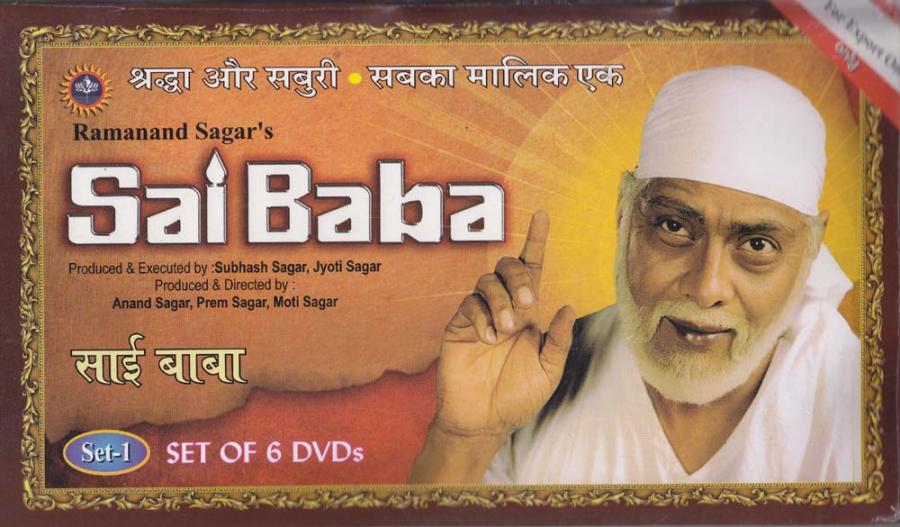

Many religious teachers, groups and organizations promote his teachings and devotion to Sai. His samadhi is a well-known place of pilgrimage.

While he is recognizable throughout India, his devotees are especially numerous in the state of Maharashtra, the place of his birth and in Andhra Pradesh. His image seems to be everywhere: it may be seen on shrines, lockets, billboards and cars of Hindus. Sai Baba is among the most popular of Indian saints, and continues to have a large following. If you seek my advice and help, it shall be given to you at once. If you cast your burden on me, I shall surely bear it.ġ0. I am ever living to help and guide all who come to me, who surrender to me and who seek refuge in me.ĩ. My mortal remains will speak from my tomb.ħ. I shall be active and vigorous even from my tomb.Ħ. My tomb shall bless and speak to the needs of my devotees.ĥ. I shall be ever active and vigorous even after leaving this earthly body.Ĥ. The wretched and miserable will rise to joy and happiness as soon as they climb the steps of the mosque.ģ. Whosoever puts their feet on Shirdi soil, their sufferings will come to an end.Ģ. Sai Baba made eleven assurances to his devotees:ġ. If anybody wants any money from you and you are not inclined to give, do not give, but do not bark at him like a dog.” Other of his favourite sayings were: “Why do you fear when I am here”, “He has no beginning… He has no end”, “All things arise from him and into him they return”.

Shri Hari (God) will be certainly pleased if you give water to the thirsty, bread to the hungry, clothes to the naked and your verandah to strangers for sitting and resting. If any men or creatures come to you, do not discourteously drive them away, but receive them well and treat them with due respect. He said: “Unless there is some relationship or connection, nobody goes anywhere. His followers believe that he only pretended to get angry, in order to teach humility and foster right spiritual action. Sai often seemed to lose his temper with those around him. He left no written records Sai’s teachings were oral: typically short, pithy sayings rather than elaborate discourses. Many of his Hindu followers consider him to be an avatar (incarnation) of Shiva and Dattatreya. He regularly recited Hindu and Muslim prayers, such as the Hindu prayer Vishnu sahasranama. People will serve me only if I’m placed in Buti’s wada.” Thus as per His last wish He was buried in the “Buty Wada” also known as Samadhi Mandir.īy his example, Sai sought to unite the seemingly disparate religious communities of Muslim and Hindus. His last words were, “Place my Body in Buti’s wada (mansion), I’ll get peace there only. Baba breathed His last with His head resting on one of His devotees lap. Many pilgrims came for his blessings, and he attracted large crowds even for the most mundane of his activities. He did not discourage such attributions, and his fame spread. Numerous miracles were attributed to him. He worshipped both at Hindu temples and Muslim mosques, and encouraged tolerance between the faiths. Sai soon began to attract followers who addressed him by the name Baba (“father”). He fostered an extremely simple and ascetic life: living in the village as a mendicant monk, and sleeping on the floor in the temple, and later in a dilapidated mosque. He took up residence in a Khandoba temple, where a villager (Mahalsapathi) at worship first called him Sai (“saint”). Sai arrived at the village of Shirdi in Maharashtra state when he was about sixteen years old.

There is no clear record of Sai’s given name, nor of his origins.


 0 kommentar(er)
0 kommentar(er)
